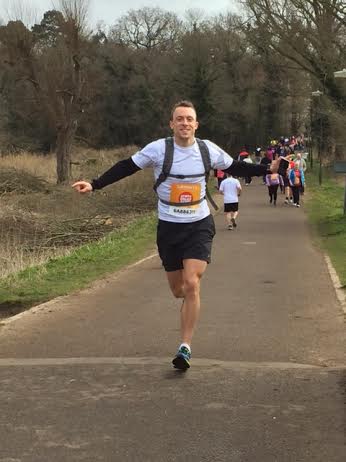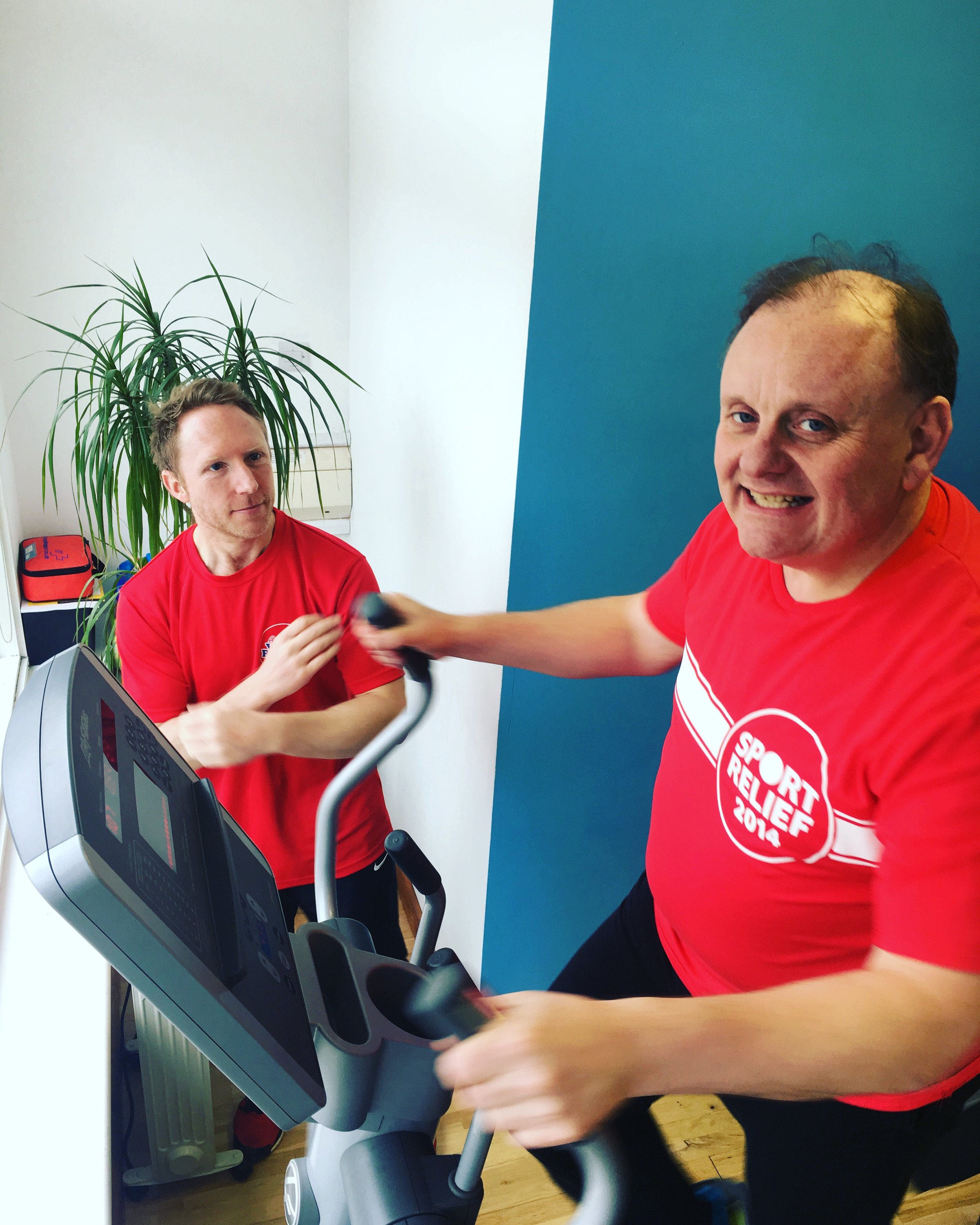Nutrition is a complex thing, but there’s some essentials that everyone needs to know and a lot of people mess up on a few of them. Here’s the Dynamic Fitness guide to some of the basics of nutrition.
1) Eat every two to four hours:
Recent research shows that eating at regular intervals stimulates metabolism, balances blood sugar and reduces the impulse to overeat when you do get to meals. It doesn’t have to be a full meal every time, just something to stimulate the metabolism.
For example, bad nutrition timing is eating at 8am for breakfast and then not eating anything until 2pm and then don’t eat again until nearly 8pm. With this timing your metabolism slows down during the gaps, causing you to cling onto calories as fat, and when you do it spikes up making you feel even hungrier and prone to overeating at meals. Also you’d be prone to snacking in between times and grazing as you metabolism ramps back up.
A better option is to eat at 8am, have a small meal at 12pm and 4pm, and then eat a main meal at 7-8pm. This keeps your metabolism stable, reducing the urge to snack. You can figure out your own pattern that syncs up best with you day, just follow the 2-4 hour rule and remember that you shouldn’t be eating more in total, just more often during the day.
2) Eat complete, lean protein at each meal.
Good sources of protein include red meat, poultry, salmon, eggs, low fat plain yogurt, mixed beans and supplemental powders and shakes. Some experts claim that additional protien is harmful or unnecessary, but more modern and contemporary research is clear: a high protien diet is safe, an almost essential if you lead an active lifestyle. It helps with recovery and stimulation of metabolism.
3) Eat vegetables at every meal.
Vegetable help do two major things, they help to provide vitamins and minerals and also help to provide the blood with an alkaline load. Grains and proteins provide the blood with an acid load and if blood is too acidic it can lead to degradation of bone strength and muscle mass.
So with the first 3 rules in mind, carrot sticks wrapped in ham, or celery dipped in low fat peanut butter make excellent snacks to top you up at one of your meal timings.
4) For fat loss, eat carbohydrates other than fruits and vegetables only after exercise.
This encourages your body to use it’s body fat stores for your day to day needs, conserving carbohydrates for recovery and post workout nutrition. By other carbohydrates, im talking about foods like pasta, rice, bread and starchy vegetables like potatoes.
5) Eat healthy fats daily
These include monounsaturated fats (found in extra-virgin olive oil, some nuts and avocado) and polyunsaturated fats (found in some nuts, some vegetable oils and fish oil supplements)
There you are, five basic guidelines to help you get started on the road to better nutrition!
























